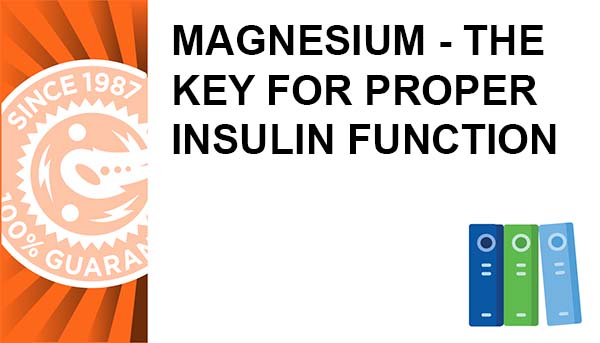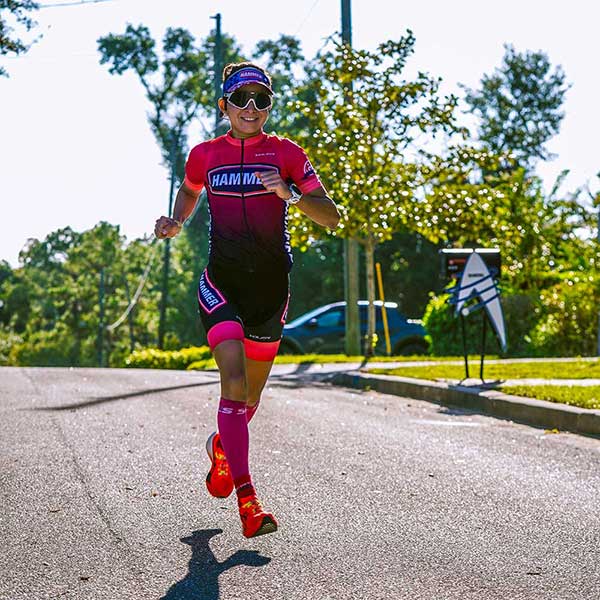By William Misner Ph.D.
Fructose consumption alters how our body metabolizes energy from blood glucose and lipids resulting in serious health disorders and reducing the rate of energy production. Researchers (1) named several unhealthy conditions associated with excess unnatural fructose processed for its' sweetening property. Total fructose consumption in the USA jumped +26%, (from 64g to 81 g/day between 1970-1997). It only takes 40 grams a day (1.5 ounces) to impose unhealthy, abnormal metabolism of carbohydrates and fats. Diet excess originates from 3 synthetic additives, processed fructose, sucrose, and high fructose corn syrup (HFCS). This does not include naturally occurring fructose found in fruit and vegetables. Natural plant fructose is not associated with either blood glucose or blood lipid disorders as those generated by synthetic fructose. In fact, nutritionists encourage fruit and vegetable intake for increasing fiber, micronutrients, and antioxidants in the diet. The intake of natural fructose from calorie-sparse whole plants is actually low, and as an unaltered natural sugar, it is not associated with untoward metabolic consequences following consumption of large amounts of processed fructose.
The unhealthy side effects proportionate to fructose excess are unexplained body fat gain, increased insulin resistance, impaired glucose tolerance, increases in lactate, hyperinsulinemia, hypertriacylglycerolemia, and hypertension.
HOW DOES FRUCTOSE REDUCE THE RATE OF ENERGY METABOLISM?
Both plasma insulin and leptin act in the central nervous system to balance the long-term regulation of energy. Because fructose does not stimulate insulin secretion from pancreatic cells, the consumption of foods and beverages containing fructose produces smaller insulin excursions than does consumption of glucose-containing carbohydrate. Because leptin production is regulated by insulin responses to meals, fructose consumption reduces circulating leptin concentrations. The combined effects of lowered leptin and insulin in individuals who consume diets that are high in fructose could therefore increase the likelihood of weight gain and its associated metabolic consequences. In addition, fructose, compared with glucose, is preferentially metabolized to lipid (fats) in the liver. It takes only a small amount of this synthetic additive to impose a metabolic nightmare, interrupting the sensitive balance between insulin, glucose, and fat required during extreme demands for maximal energy transit.
FRUCTOSE EXCESS CONSUMED BY ENDURANCE ATHLETES
Fructose-sweetened energy gels, drinks, or bars are NOT good sources for replacing glycogen-depleted carbohydrates, which intent is to support health, lean body mass, and energy required for extreme endurance demands. Endurance athletes consuming fructose-sweetened energy products before, during, or after prolonged exercise easily exceed the current daily American average yet in only a fraction of the time:
FRUCTOSE CONSUMED DURING ENDURANCE EXERCISE
| ENERGY FUEL USED | FRUCTOSE PER 300 CALORIE- 1 HOUR SERVING | 3 HOURS | 6 HOURS |
|---|---|---|---|
| GELS | 6-15 grams | 18-45 grams | 36-90 grams |
| DRINKS OR DRINK MIXES | 15-24 grams | 45-72 grams | 90-144 grams |
| BARS | 18-50 grams | 36-150 grams | 72-300 grams |
Regularly consuming only 1.5 ounces (40 grams) processed fructose in less than a 10-hour period raises triglycerides, increases insulin sensitivity, and increases body fat. By drinking a 12-ounce soda, 25 g fructose for each 200 kcal is consumed. Typically packaged foods, gels, or drinks may contain from as little as 6 grams fructose per 300-calories to as much as 50 grams per 300 calorie serving. The problem is not a single serving, but that during a 3-hour event, the refueling requirement is multiple servings of between 750-840 carbohydrate calories. An additional common complaint I receive regularly from athletes is their unexplained 5-15 lbs unwanted body fat. Where is it coming from, they ask. Should any athlete, who spends 4000 calories a day training and replaces 3500 calories, gain abdominal fat? Processed fructose is the culprit. It like few other metabolites subtly changes the normal transition of carbohydrates and fats by diverting fructose calories into elevated circulating triglycerides, increasing insulin insensitivity, impairing glucose metabolism with the effect that the body increases the manner it stores fats inside the cardiovascular system and as abdominal mass.
The negative impact on blood pressure, triglycerides, insulin resistance, impaired metabolism of glucose and lipids associated with excess fructose sweetener intake contradict the nutritional principles known to support health and progressive endurance training. Avoiding fructose-sweetened products is an important dietary consideration with health and performance consequences.
Reference
(1) Fructose, weight gain, and the insulin resistance syndrome, Sharon S Elliott, Nancy L Keim, Judith S Stern, Karen Teff, Peter J Havel, American Journal of Clinical Nutrition, Vol. 76, No. 5, 9 11-922, November 2002. http://www.ajcn.org/cgi/content/full/76/5/911









